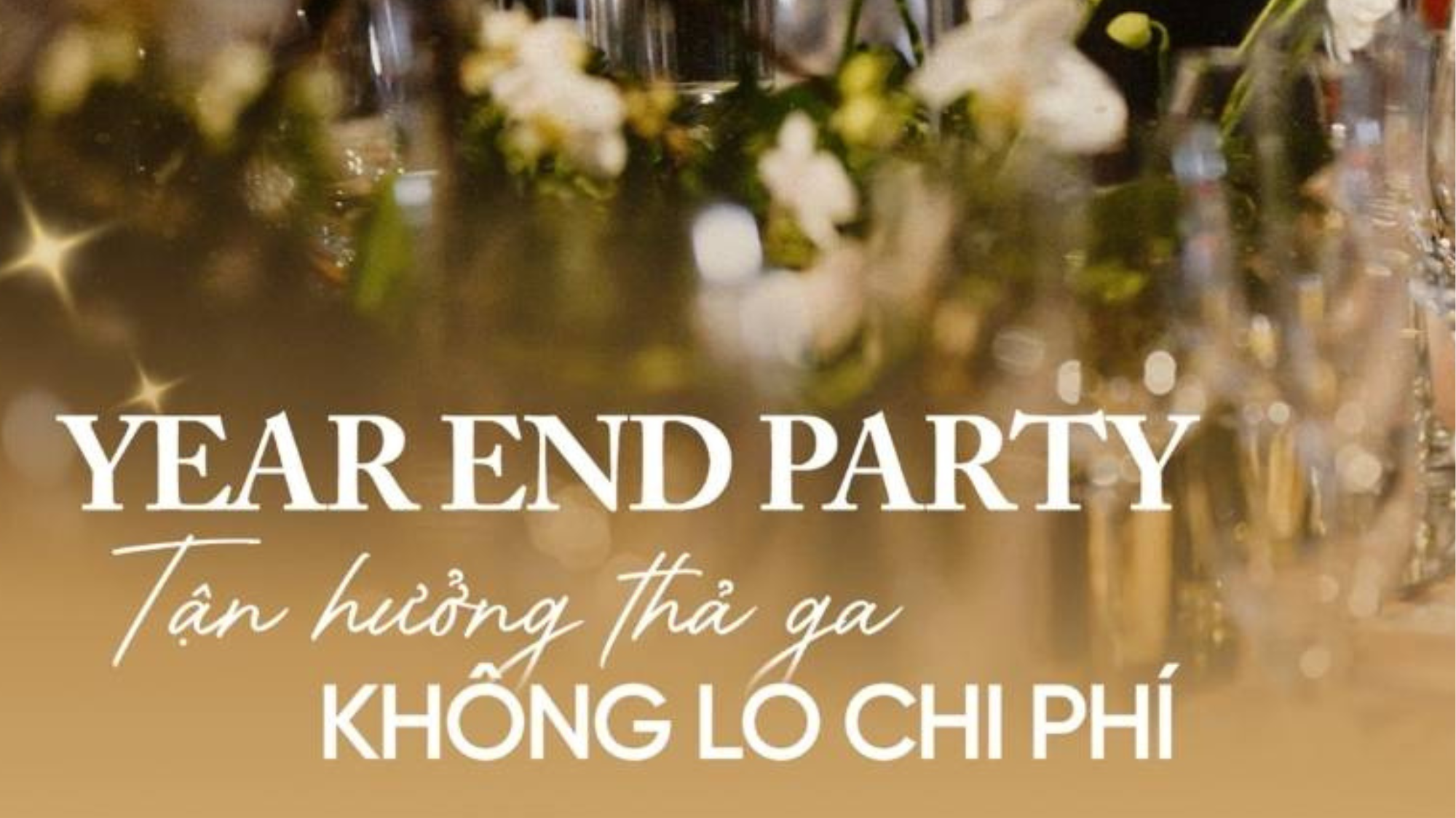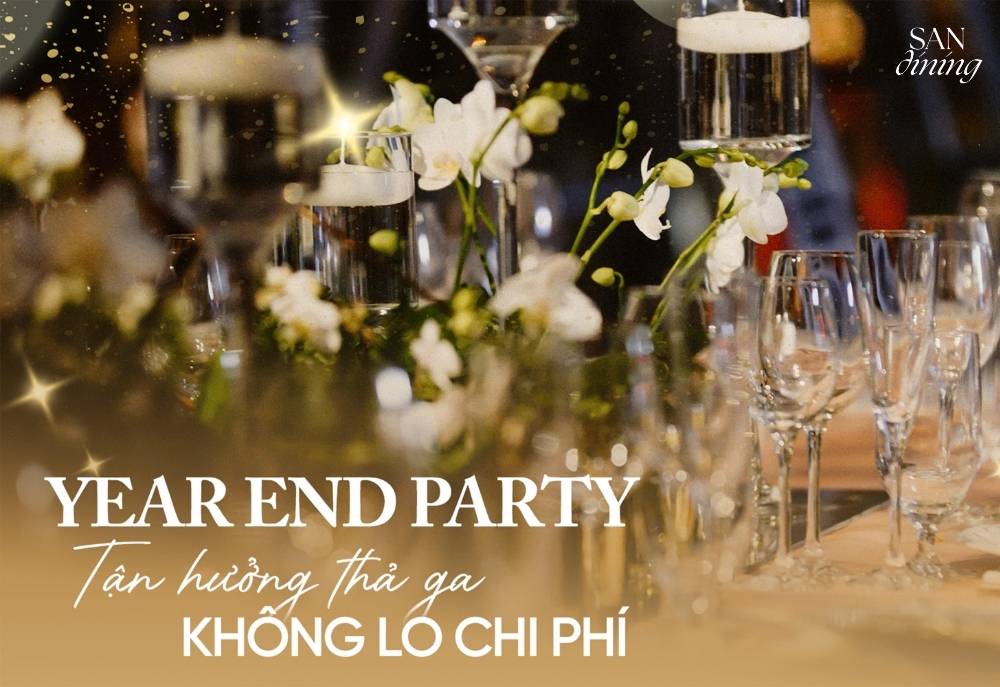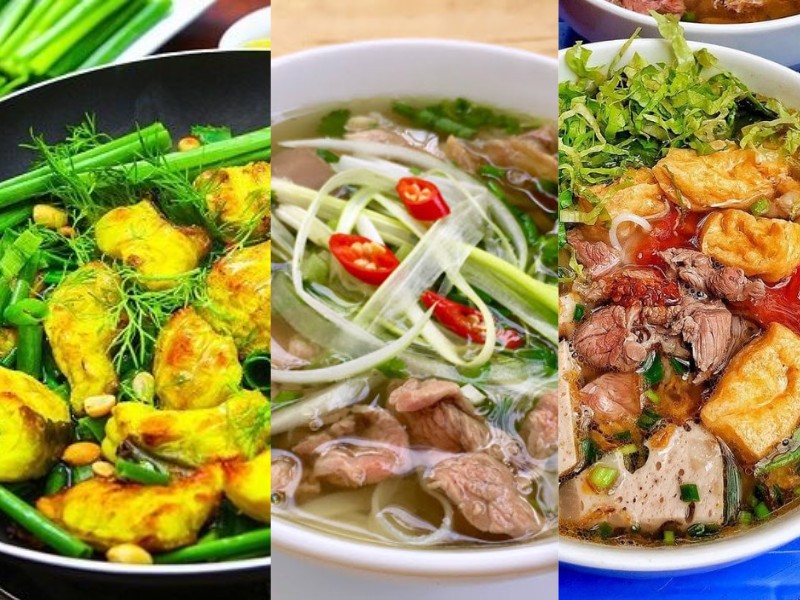
Michelin Guide Vietnam: A Culinary Revolution
Vietnam, a country celebrated for its rich cultural heritage and breathtaking landscapes, is also a culinary gem in Southeast Asia. Over the past decade, Vietnamese cuisine has gained international recognition, with food enthusiasts from around the world flocking to taste its unique and flavorful dishes. The arrival of the Michelin Guide in Vietnam marks a significant milestone in this culinary journey, signaling the country’s elevation on the global gastronomic map. In this article, San Dining will explore the impact of the Michelin Guide on Vietnam’s culinary scene, highlighting its influence on local chefs, restaurants, and food culture.
The Michelin Guide: An Overview
The Michelin Guide is a prestigious restaurant rating system, originating from France. It awards stars to establishments that demonstrate exceptional culinary excellence. One star indicates a “very good” restaurant, two stars signify “excellent cooking worth a detour,” and three stars denote “exceptional cuisine worth a special journey.” Receiving a Michelin star is a significant accolade that can transform a restaurant’s fortunes, attracting diners and boosting its reputation.
Michelin Guide Vietnam
The introduction of the Michelin Guide Vietnam is a testament to the country’s growing culinary prowess. This move acknowledges the sophistication and diversity of Vietnamese cuisine, which blends fresh ingredients with complex flavors and traditional cooking techniques. The guide’s presence is expected to shine a spotlight on local talents and elevate the dining standards across the nation.
Spotlight on Vietnamese Cuisine
Vietnamese cuisine is renowned for its balance of flavors, featuring dishes that are fresh, light, and aromatic. Staples like Pho, Banh Mi, and Bun Cha have already captured the hearts of food lovers globally. However, the Michelin Guide’s focus extends beyond these well-known dishes, exploring the depth and variety of regional specialties.
Regional Delicacies
Each region in Vietnam offers distinct culinary experiences:
- Northern Vietnam: Known for its subtle flavors and hearty dishes, the North boasts delicacies like Bun Rieu (crab noodle soup) and Cha Ca La Vong (turmeric fish with dill).

- Central Vietnam: This region is famous for its spicy and intricate dishes such as Mi Quang (turmeric noodles with pork and shrimp) and Bun Bo Hue (spicy beef noodle soup).
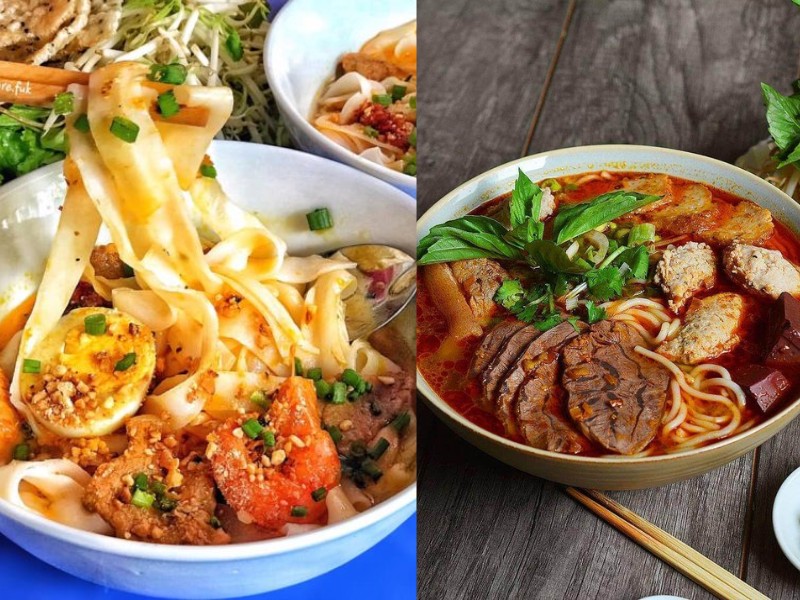
- Southern Vietnam: The South’s cuisine is characterized by its sweetness and liberal use of herbs, with dishes like Hu Tieu (clear noodle soup) and Goi Cuon (fresh spring rolls).
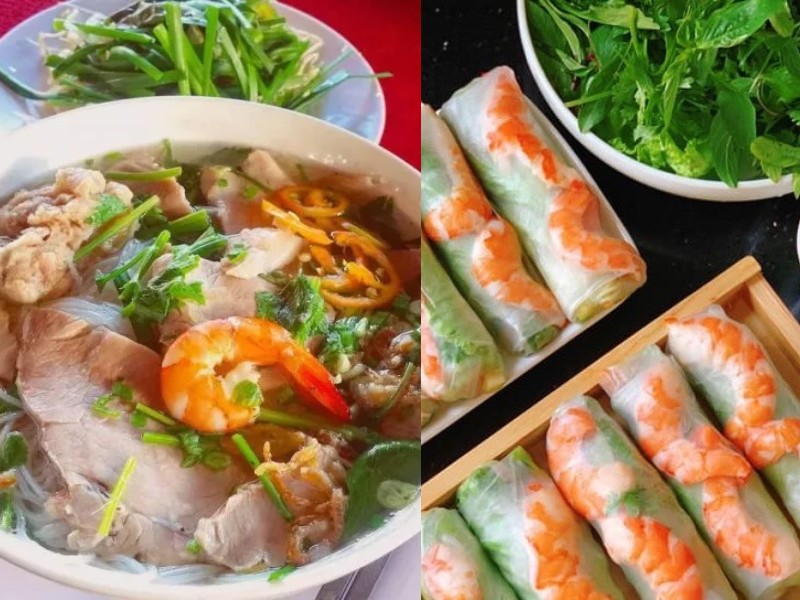
The Michelin Guide’s exploration of these regional flavors will help international diners appreciate the full spectrum of Vietnamese cuisine.
Read more: 5 Vietnamese best food in hanoi
Impact on Local Chefs and Restaurants
The Michelin Guide’s entry into Vietnam is a game-changer for local chefs and restaurants. It provides a platform for showcasing their culinary skills and innovative approaches to traditional recipes. The potential to earn a Michelin star motivates chefs to strive for excellence, experiment with new techniques, and elevate their dishes to world-class standards.
Inspiring Excellence
Vietnamese chefs, both established and emerging, are inspired to push the boundaries of their craft. The recognition from Michelin can lead to increased visibility, higher customer traffic, and opportunities for international collaborations. This competitive spirit fosters a vibrant dining scene where quality and creativity are paramount.
Promoting Culinary Tourism
The Michelin Guide also plays a crucial role in promoting culinary tourism. Food enthusiasts often travel to destinations known for their Michelin-starred restaurants. With Vietnam now on the Michelin map, the country is set to attract a new wave of tourists eager to explore its gastronomic offerings. This influx of visitors benefits not only the food industry but also the broader tourism sector, contributing to economic growth.
The Role of Street Food
Vietnamese street food is an integral part of the country’s culinary identity. From bustling markets to roadside stalls, street food offers an authentic taste of Vietnam’s vibrant food culture. The Michelin Guide acknowledges the significance of street food by including street vendors and casual eateries in its listings.
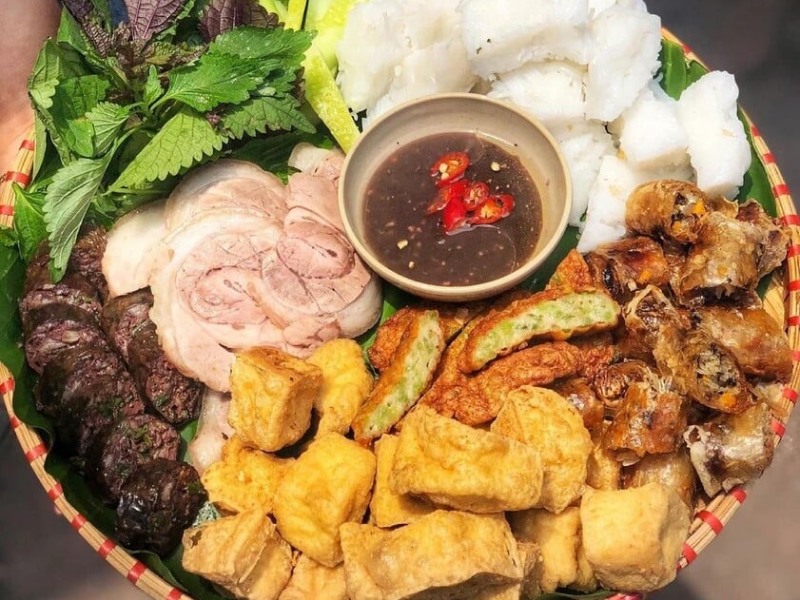
Celebrating Street Food
By highlighting the best street food vendors, the Michelin Guide preserves and promotes these traditional culinary practices. This recognition ensures that street food remains an essential aspect of Vietnam’s dining scene, appreciated by both locals and tourists.
Challenges and Opportunities
The inclusion of Vietnam in the Michelin Guide brings both challenges and opportunities for the local culinary industry.
Maintaining Authenticity
One of the primary challenges is maintaining the authenticity of Vietnamese cuisine. As restaurants seek to meet Michelin standards, there is a risk of Westernizing dishes to cater to international tastes. It is crucial for chefs to preserve the essence of traditional recipes while incorporating innovative techniques.
Embracing Innovation
On the other hand, the Michelin Guide encourages culinary innovation. Chefs are motivated to experiment with new ingredients, fusion concepts, and presentation styles. This dynamic environment fosters creativity and can lead to the evolution of Vietnamese cuisine, blending tradition with modernity.
Conclusion
The Michelin Guide’s entry into Vietnam marks a new era for the country’s culinary landscape. It recognizes the exceptional quality of Vietnamese cuisine and provides a platform for local chefs to showcase their talents on the global stage. This recognition not only boosts the reputation of Vietnamese restaurants but also promotes culinary tourism, attracting food enthusiasts from around the world.
As the Michelin Guide explores Vietnam’s diverse culinary offerings, it is essential for chefs and restaurateurs to maintain the authenticity of their dishes while embracing innovation. The guide’s presence will undoubtedly inspire a new generation of culinary talents, elevating Vietnam’s dining scene to new heights.
In summary, the Michelin Guide in Vietnam is a celebration of the country’s rich culinary heritage and a catalyst for future growth and innovation in the food industry. Whether you’re a local or a tourist, the guide provides a curated list of exceptional dining experiences that reflect the best of Vietnamese cuisine.
Contact to book a table at San Dining:
Hotline: 02433 796 666
Email: info@sanhotelseries.com
Fanpage: San Dining

